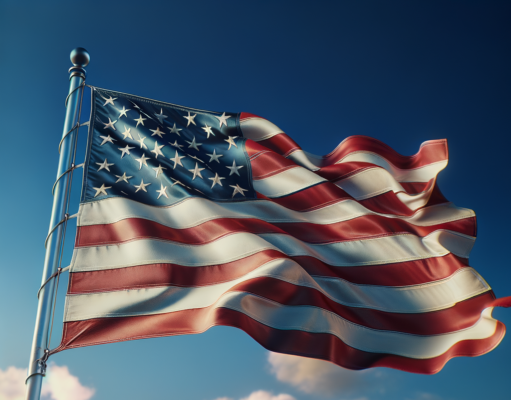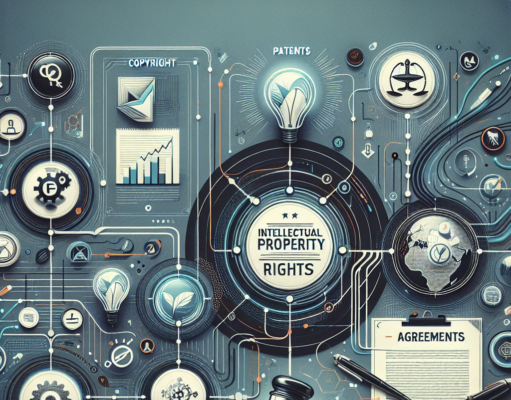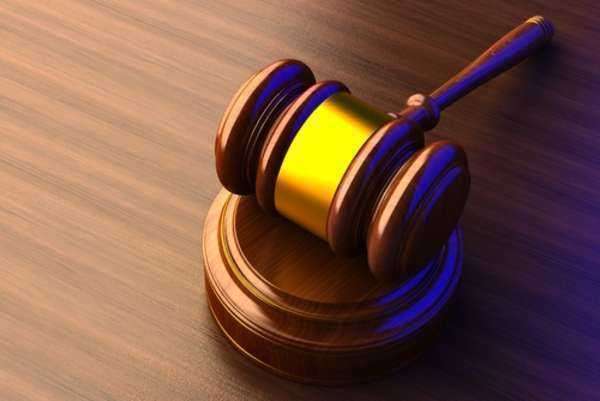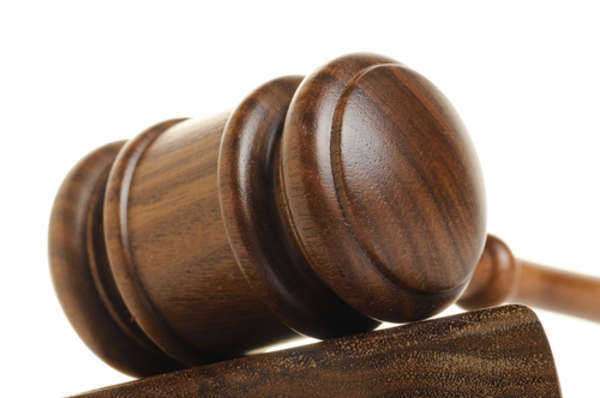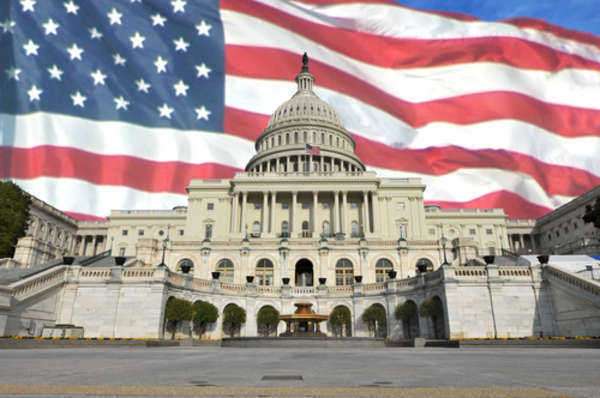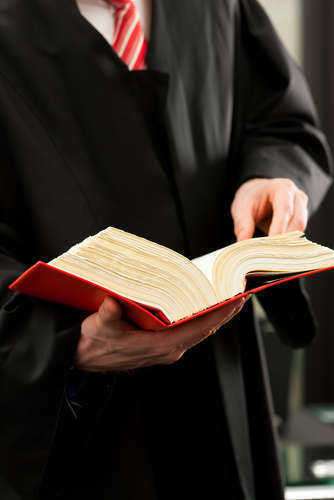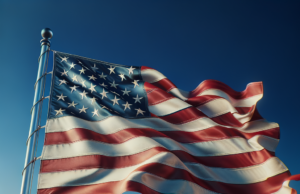McCulloch v. Maryland
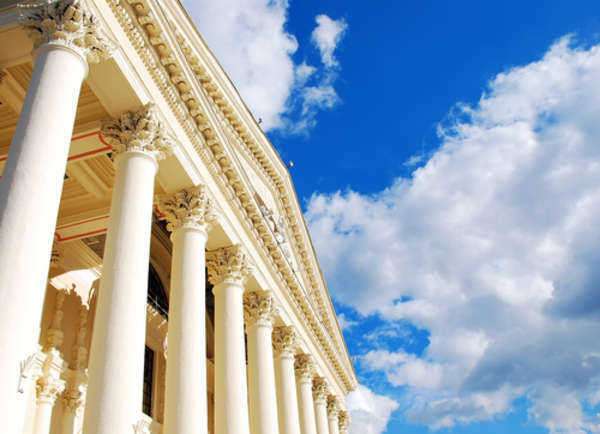
The McCulloch v. Maryland case is a landmark legal case that marked a turning point in the history of the American legal system. The case, which was decided by the United States Supreme Court in 1819, centered around the question of whether the federal government had the power to establish a national bank and whether the state of Maryland had the right to tax that bank. The case was brought to the Supreme Court at the behest of James William McCulloch, a cashier at the Baltimore branch of the Second Bank of the United States.
Background
In 1816, the federal government established the Second Bank of the United States. The bank was intended to serve as a central repository for the federal government’s funds and to promote economic growth and stability. However, the state of Maryland viewed the bank as a threat to its own economy and passed a law that levied a tax on all out-of-state banks operating within the state.
McCulloch, who was the cashier at the Baltimore branch of the Second Bank of the United States, refused to pay the tax. Maryland authorities seized funds from the bank, setting off a legal battle that would eventually make its way to the Supreme Court.
The Process
The case was heard by the United States Supreme Court in 1819. The Court found in favor of McCulloch and the federal government, establishing that the federal government had the power to establish a national bank and that states did not have the right to tax that bank.
Chief Justice John Marshall, who wrote the majority opinion, argued that the Constitution gave Congress broad powers to pass laws that were necessary and proper for the functioning of the federal government. The Constitution’s Necessary and Proper Clause, Marshall argued, gave Congress the power to create a national bank.
Marshall also ruled that the Supremacy Clause of the Constitution held that federal law superseded state law in situations where the two conflicted. This meant that Maryland’s tax on the Second Bank of the United States was unconstitutional.
Impact on the US legal system
The McCulloch v. Maryland case had a significant impact on the interpretation of the Constitution and the balance of power between the federal government and the states. The case established that the federal government had broad powers under the Necessary and Proper Clause, and that states did not have the right to interfere with the functioning of federal institutions. The case also laid the groundwork for the development of a strong federal government that could function effectively in a rapidly changing world.
Ten interesting facts about the McCulloch v. Maryland case
- The McCulloch v. Maryland case was one of the first major legal battles over the balance of power between the federal government and the states.
- The decision in McCulloch v. Maryland was a significant victory for supporters of a strong federal government and a central bank.
- The arguments made in McCulloch v. Maryland are still relevant today, as debates over the scope of federal power continue to shape American politics.
- The decision in McCulloch v. Maryland established the principle of “implied powers,” which holds that the federal government has powers beyond those expressly granted in the Constitution.
- The McCulloch v. Maryland case helped to clarify the meaning of the Necessary and Proper Clause of the Constitution, which has been the subject of much debate and controversy over the years.
- The decision in McCulloch v. Maryland was part of a broader movement in the early 19th century to strengthen the power and authority of the federal government.
- The McCulloch v. Maryland case is often cited as an important precedent for the Supreme Court’s power to strike down state laws that conflict with federal law.
- The decision in McCulloch v. Maryland helped to establish a more formalized system of federalism in the United States, in which the power of the federal government was more clearly delineated from that of the states.
- The ruling in McCulloch v. Maryland was a significant victory for the interests of the financial sector, as it helped to establish the legitimacy of the Second Bank of the United States and other centralized financial institutions.
- The case continues to be relevant today, as debates over the power of the federal government and the relationship between the federal government and the states continue to shape American politics.
Conclusion
The McCulloch v. Maryland case was a landmark legal decision that marked a turning point in the history of the American legal system. The Court’s decision to uphold the power of the federal government to establish a national bank and to supersede state laws with federal laws helped to establish a more formalized system of federalism in the United States. Today, the case is widely regarded as one of the most significant Supreme Court decisions of the early 19th century, and it continues to shape debates over the scope of federal power and the relationship between the federal government and the states.
McCulloch v. Maryland: The Background
The case of McCulloch v. Maryland was a groundbreaking Federal court case that dealt with the formation of a federal bank and a series of individual banks.
The case of McCulloch v. Maryland started through a series of important events that involved a number of laws. The following laws will allow you to understand what was going on with the McCulloch v. Maryland case.
In 1816, the United States Congress passed an Act that allowed Federal Banks to be located and to operate within individual states in the U.S. Two years later, in 1816, the state of Maryland passed an Act that placed all banks and financial institutions that operated in the state under the taxation model of Maryland.
This law thus made banks and other financial institutions in the state, including all federal banks, to pay Maryland state tax. A year after the passing of this law, McCulloch v. Maryland was heard.
McCulloch v. Maryland: The Case Profile
The case of McCulloch v. Maryland was heard in 1819. The case was tried in the Supreme Court of the United States. Andrew McCulloch was the defendant in McCulloch v. Maryland. McCulloch was the appointed manager of the Federal Bank located in Baltimore, Maryland. McCulloch refused to pay the state tax imposed by Maryland; he believed that federal banks were not subject to state taxation.
In McCulloch v. Maryland, the state was the plaintiff. The state of Maryland believed that the federal bank should pay state taxes because they were operating on their land and using their resources.
McCulloch v. Maryland: The Verdict
The United States Supreme Court in McCulloch v. Maryland ruled in favor of the defendant, Andrew McCulloch. The United States Supreme Court in McCulloch v. Maryland ruled in favor of the defendant because the Necessary and Proper Clause of the United States Constitution stated that the Federal Government was permitted to operate banks within individual states without paying taxes.
The decision in McCulloch v. Maryland created a precedent; it led to a number of future decisions involving taxation issues and the federal government.

